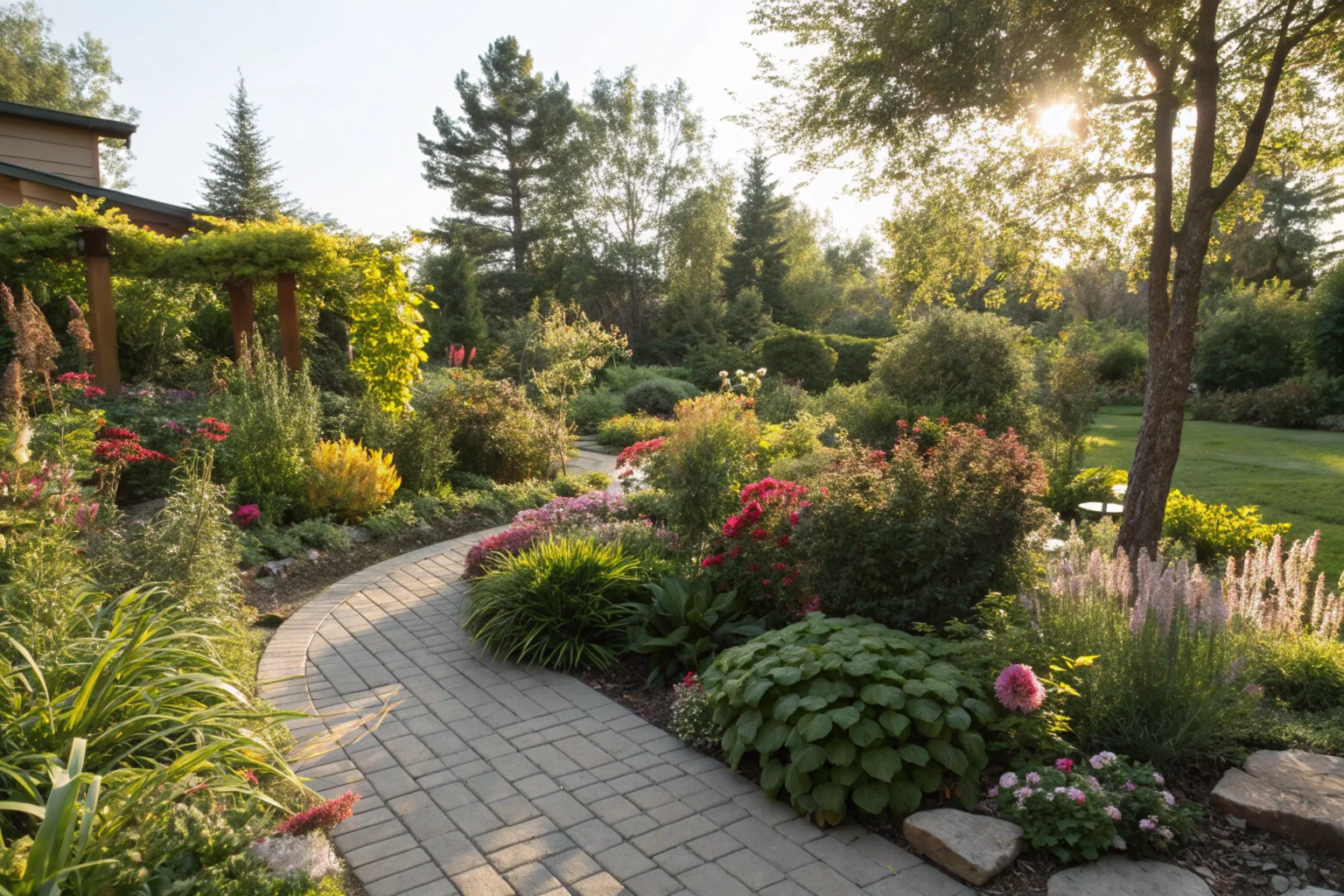Have you ever wondered why some plants thrive in your garden while others struggle? The secret often lies in understanding the light requirements for plants. Whether you're a seasoned gardener or just starting, knowing how much light your plants need is crucial for their health and growth.
In this guide, we'll delve into the different light needs of plants, provide practical tips, and share personal anecdotes to help you create a thriving ornamental garden.
Why Light is Essential for Plants
Light is the primary energy source for plants. Through the process of photosynthesis, plants convert light into energy, which fuels their growth and development. Without adequate light, plants can't produce the energy they need, leading to stunted growth or even death. Let's break down the light requirements for plants and how you can ensure they get the right amount.
Types of Light
Direct Sunlight
Direct sunlight refers to light that comes straight from the sun without any obstruction. Plants that require direct sunlight typically need at least 6-8 hours of full sun each day. These plants are often found in open fields or areas with no shade.
- Examples: Sunflowers, tomatoes, and roses
Indirect Sunlight
Indirect sunlight is light that has been diffused or filtered through another object, such as a window or a tree canopy. Plants that thrive in indirect sunlight need bright, but not direct, light.
- Examples: Ferns, orchids, and peace lilies
Low Light
Low light conditions are typical in areas that receive very little natural light, such as north-facing rooms or shaded gardens. Some plants have adapted to these conditions and can survive with minimal light.
- Examples: Snake plants, pothos, and ZZ plants
Determining Your Plant's Light Requirements
Understanding your plant's light requirements can make the difference between a flourishing garden and a struggling one. Here's how you can determine what your plants need:
- Research Your Plants: Before planting, research the specific light needs of each plant species. Many gardening websites and plant nurseries provide this information.
- Observe Your Garden: Spend a day observing how light moves across your garden. Note which areas receive full sun, partial shade, or full shade.
- Use a Light Meter: For a more precise measurement, use a light meter to check the light intensity in different parts of your garden.
Practical Tips for Meeting Light Requirements
Now that you know your plant's light needs, let's discuss some practical tips to ensure they get the right amount of light.
For Outdoor Gardens
- Plan Your Garden Layout: Arrange your plants according to their light needs. Place sun-loving plants in the sunniest spots and shade-loving plants in areas with less light.
- Use Reflective Mulch: Reflective mulch can help increase light availability for your plants by reflecting sunlight onto their leaves.
- Prune Trees and Shrubs: Regularly prune any trees or shrubs that may be blocking light from reaching your plants.
For Indoor Gardens
- Position Near Windows: Place your plants near windows that receive plenty of light. South-facing windows are usually the best for sunlight.
- Use Grow Lights: If natural light is insufficient, consider using grow lights to supplement. LED grow lights are energy-efficient and effective.
- Rotate Plants: Rotate your plants every few weeks to ensure all sides receive equal light exposure.
Expert Opinions and Statistics
According to the Royal Horticultural Society, light is one of the most critical factors affecting plant growth. Studies have shown that inadequate light is a common cause of plant stress, leading to reduced growth and flowering.
Experts recommend using a combination of natural and artificial light to meet your plants' needs, especially in indoor settings.
Personal Anecdotes
I've had my share of gardening mishaps, especially when it comes to light. I remember planting a beautiful fern in a sunny spot, only to watch it wilt within days. It wasn't until I moved it to a shaded area that it began to thrive.
This experience taught me the importance of understanding light requirements and observing how light interacts with my garden space.
Take Action for a Thriving Garden
Understanding and meeting the light requirements for plants is essential for their growth and health. By researching your plants, observing your garden, and using practical tips, you can create an environment where your plants will thrive.
Don't hesitate to adjust your garden layout or use grow lights if necessary. Your efforts will be rewarded with a lush, vibrant garden that brings joy and beauty to your home.
Ready to transform your garden? Start by observing your space and researching your plants' light needs. Experiment with different placements and lighting solutions, and watch your garden flourish. Happy gardening!
